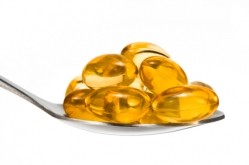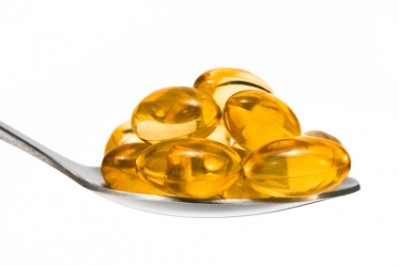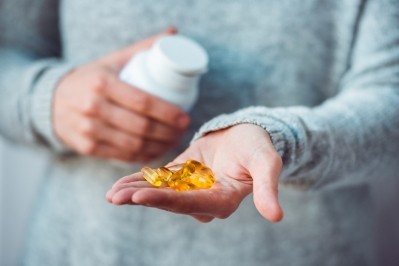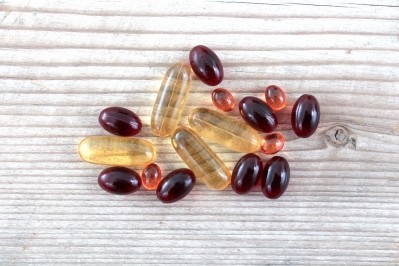GOED advisory seeks to snuff out overestimation of EPA, DHA content in oils

The group, formally known as the Global Organization for EPA and DHA Omega-3s, put out an industry advisory on the correct method that should be used to calculate the content of EPA and DHA in an oil. The advisory spells out in a more detailed fashion a position the organization has espoused for some time.
In a press release that accompanied the release of the document, GOED said, “One goal is to eliminate unfair competition because of incorrect content declarations. GOED members can actively use this industry advisory to inform and explain this topic to their customers and colleagues.”
Crude calculation could inflate omega-3s content by as much as 30%
This issue is the comparison of raw area percentage calculation from a chromatograph as opposed to a more sophisticated (and correct) procedure that takes into account the other constituents of the material and yields an accurate figure of grams of EPA or DHA per100 grams.
A real life example taken from the advisory illustrates the issue. Using the area percentage calculation, the EPA contained in a given oil comes out at 232 mg, whereas the true figure by weight should be 216 mg. For DHA is the same example, the figures are 372 mg and 330 mg, respectively.
“The point is that no company and nobody should use area percentage for expression of EPA and DHA content. All members in GOED need to express EPA, DHA and total omega-3 fatty acids in milligram per gram of oil,” said Gerard Bannenberg, PhD, GOED’s director of compliance and scientific outreach.
The advisory lays out the problems with using a simple area calculation. The misstatement of omega-3s content depends on the specific kind of product being measured. It could range from an overestimate of a few percentage points or up to 7% or 8%. Or it could be significantly more, according to Nils Hoem, PhD, chief scientist at krill oil supplier Aker BioMarine.
“In a tryglycerol, you have three fatty acid molecules on sitting on a glycerol backbone. There, the glycerol backbone might account for 7% or so of the total,” Hoem said. “In an ethyl ester, it’s not as big of a deal, because there you are left with ethanol, which weighs next to nothing.”
“But in the phospholipids, the things that we deal with, or with some other forms, the error could be more significant. It could be 30% or more,” Hoem said.
Overestimation has been observed in market
Hoem said he has seen this practice crop up in the market. Neither Hoem nor Bannenberg was willing to put figure to how much of the omega-3s supply is being overestimated in this way. But Bannenberg said the issue is pressing enough to make it necessary to make sure that everyone in the market is aware of the possibility.
“We believe this can happen, and we want to inform members and other interested readers to reduce the risk of this occurring, and make people aware that they should know and understand how EPA and DHA content is expressed when they see a specification,” Bannenberg said.
“What the consumers want to know how much EPA and DHA is in this product on a gram/100 gram basis,” Hoem said. (And if fact that is what complies with labeling laws both in the US and in the EU.)
“If they get the area percentage figure, they really do not know how much they are getting,” he said.
Strengthening the position
Hoem said using the various correction factors to go from an area percentage to a true weight calculation has been standard procedure in the industry for some time.
“This is not really something new. GOED has always told people that they should report the content of their oils in a gram per 100 gram basis. I would expect that all of the companies who are members of GOED have already had this as part of their specifications. I would say that this advisory is a ‘strengthening’ of their position,” he said.
The full advisory can be downloaded HERE.
















